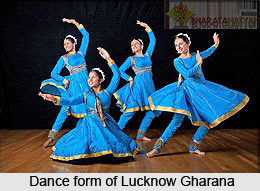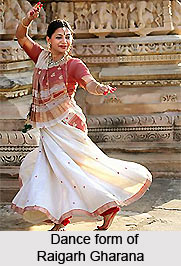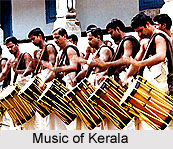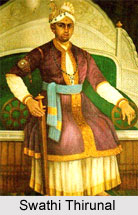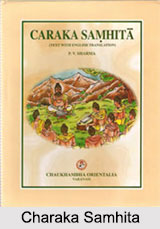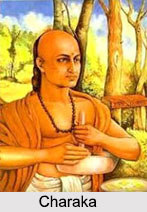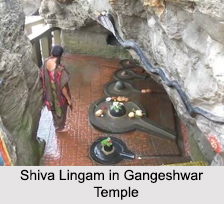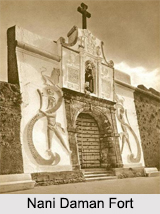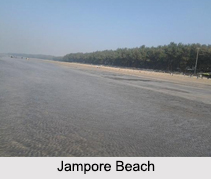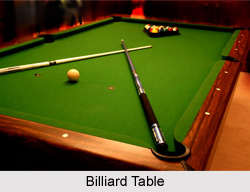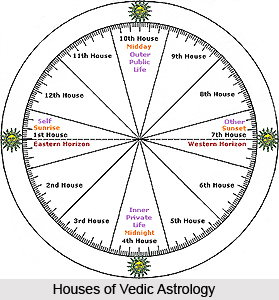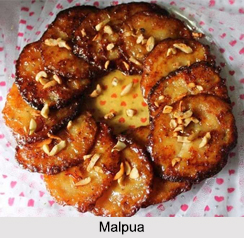 Swara Yoga is the science of realization of cosmic consciousness by the special awareness or observation and controlling or manipulating the flow of breathes through the nostrils. The word ‘Swara’ is a Sanskrit word, which means sound or musical note, also means the continuous flow of air through one nostril. Tantric traditions like Surya Tantra, Ganpatya Tantra and Vaishnava Tantra also provides knowledge about Swara yoga.
Swara Yoga is the science of realization of cosmic consciousness by the special awareness or observation and controlling or manipulating the flow of breathes through the nostrils. The word ‘Swara’ is a Sanskrit word, which means sound or musical note, also means the continuous flow of air through one nostril. Tantric traditions like Surya Tantra, Ganpatya Tantra and Vaishnava Tantra also provides knowledge about Swara yoga.Swara Yoga is involves the systematic study of the breath flow through the nostrils or the Swara that is also related to the prevailing phases of the moon, time of the day and the direction. Swara Yoga is not like Pranayama or other breathing related yoga. In Swara yoga, the breath is associated with the activities or phases or positions of the sun, moon, planets, seasons, time of day and with the physical and mental states of the individual and these subtle reactions determine the mode of action accordingly. For example, in moon phases one can check the flow of breath through his/ her nostrils before getting out of the bed and floor should be touched first with the corresponding foot and the first step should be made with that foot. It is the simple practice that brings success in everything that happens in that particular day, the first foot to touch the ground will get the prevailing ‘successful’ flow of energy from the cosmos.
Origin of Swara Yoga
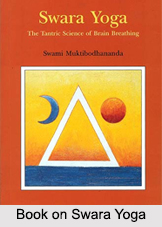 Swara yoga is a Tantric Science that originates from the Agama Shastras and from Shaiva Tantra, where Lord Shiva is the Guru and Shakti is the disciple. Swara Yoga is the ancient science that existed before the Vedic period, over 10,000 years ago. It was the secret science, only available for the selected few and was confined between kings and dedicated saints. The ancient saints and sages intuitively received the knowledge from the divine and kept it secret between them.
Swara yoga is a Tantric Science that originates from the Agama Shastras and from Shaiva Tantra, where Lord Shiva is the Guru and Shakti is the disciple. Swara Yoga is the ancient science that existed before the Vedic period, over 10,000 years ago. It was the secret science, only available for the selected few and was confined between kings and dedicated saints. The ancient saints and sages intuitively received the knowledge from the divine and kept it secret between them.For more, visit the link below:

